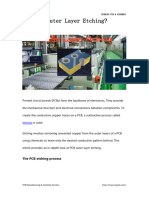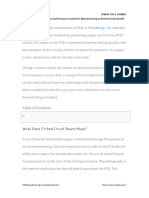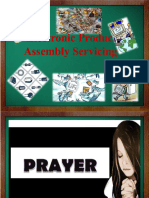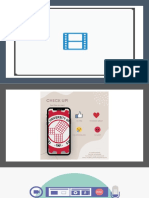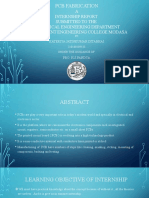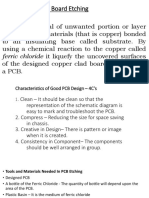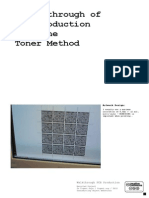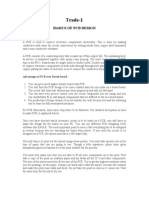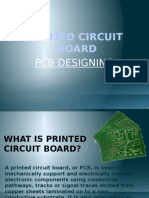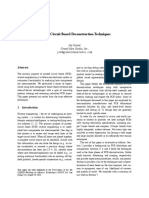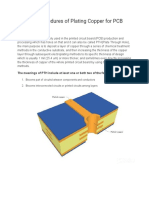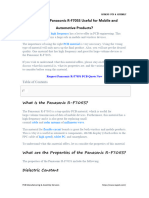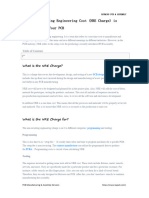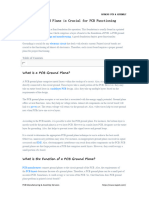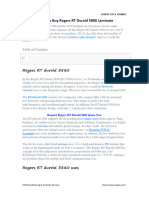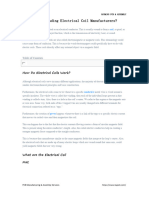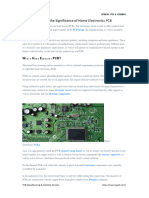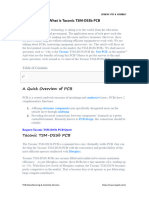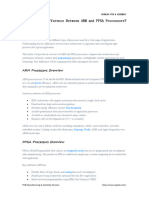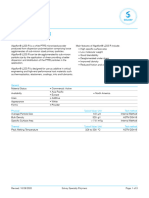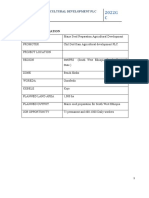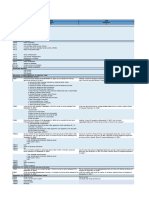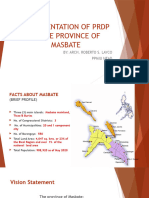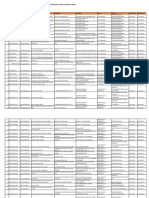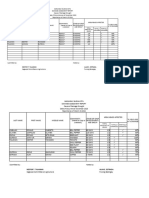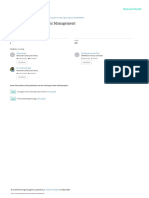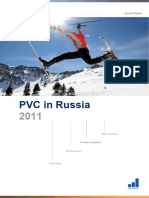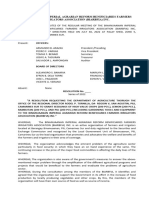0% found this document useful (0 votes)
177 views10 pagesPCB Etch Back Process Guide
PCB etch-back is a process used in printed circuit board manufacturing to remove epoxy resin from drilled vias and expose copper layers, improving electrical conductivity between layers. It involves chemically or physically etching away resin using solutions like potassium permanganate or plasma etching. Positive etch-back results in protruding copper pads for strong connections, while negative etch-back recedes copper smoothly. Plasma etching is more efficient and environmentally friendly than chemical etching. PCB etch-back and desmearing are sometimes used interchangeably but refer to slightly different processes.
Uploaded by
jackCopyright
© © All Rights Reserved
We take content rights seriously. If you suspect this is your content, claim it here.
Available Formats
Download as PDF, TXT or read online on Scribd
0% found this document useful (0 votes)
177 views10 pagesPCB Etch Back Process Guide
PCB etch-back is a process used in printed circuit board manufacturing to remove epoxy resin from drilled vias and expose copper layers, improving electrical conductivity between layers. It involves chemically or physically etching away resin using solutions like potassium permanganate or plasma etching. Positive etch-back results in protruding copper pads for strong connections, while negative etch-back recedes copper smoothly. Plasma etching is more efficient and environmentally friendly than chemical etching. PCB etch-back and desmearing are sometimes used interchangeably but refer to slightly different processes.
Uploaded by
jackCopyright
© © All Rights Reserved
We take content rights seriously. If you suspect this is your content, claim it here.
Available Formats
Download as PDF, TXT or read online on Scribd
/ 10

